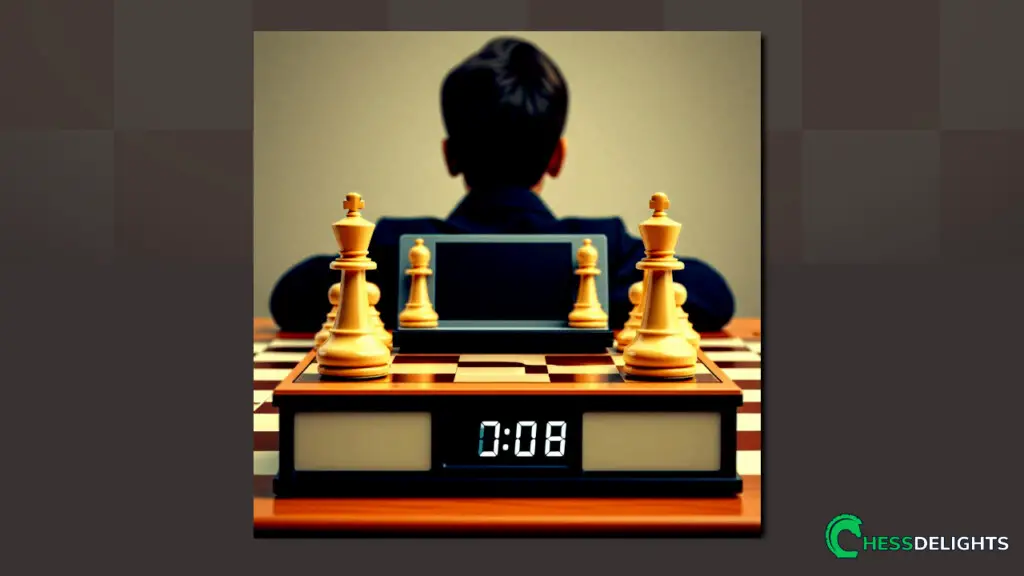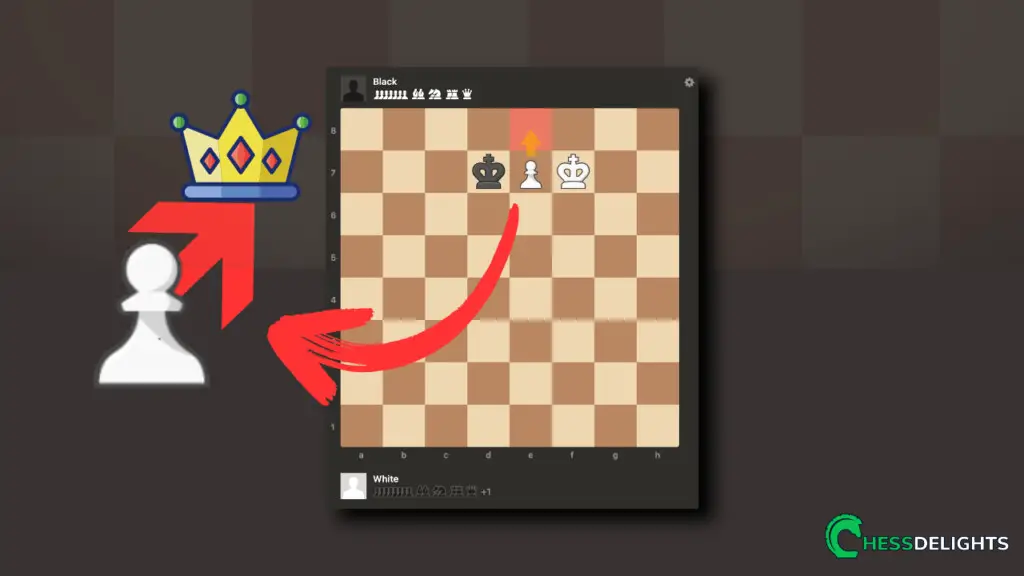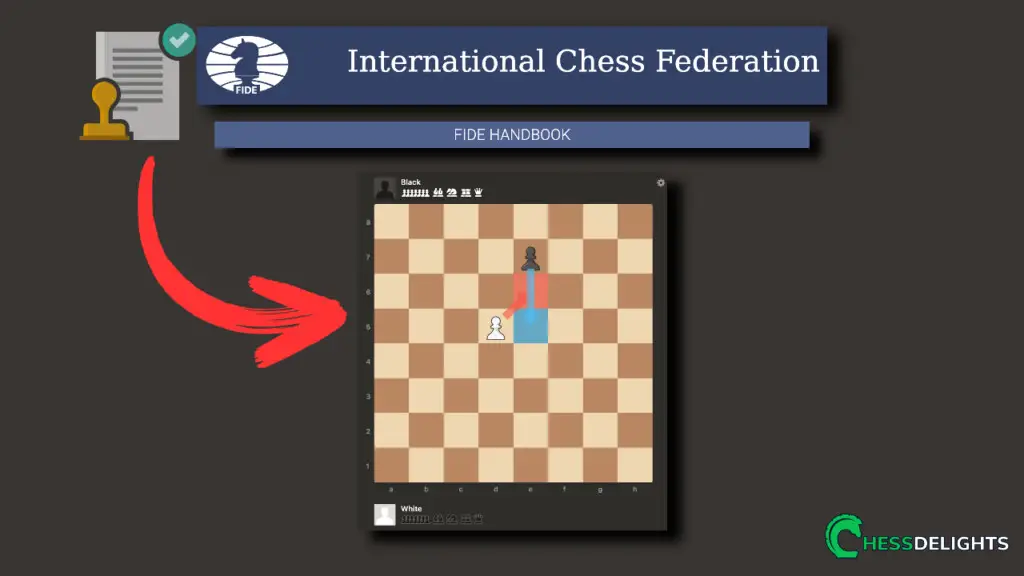I've been playing chess for so long that I can literally tell you how each chess pieces moves. Each chess pieces move differently and one of them only move diagonally.
The Bishop is the only chess piece that can move diagonally. Both the light-squared bishop and the dark-squared bishop are limited to diagonal movement on light and dark squares, respectively. Additionally, they also capture chess pieces by moving diagonally as well.
You cannot move the light-squared bishop in the dark squares of the chess board and same goes to the dark-squared bishop you cannot move it in the light squares. If you're asking me why – well that's how you play the Bishops! 🙂
However, there are other chess pieces besides bishops that can capture diagonally. We'll go deeply into various chess pieces that can move or capture diagonally in this article.
Table of Contents
Which other chess pieces can move diagonally?
If you're just learning how the chess pieces move then this is the best time to learn which chess pieces can move diagonally.
Here are the pieces that can move diagonally.
- King
- Queen
- Bishop
1. King can move diagonally
The King can move straight, backward, forward, sideways, and diagonally. The move consists of one square only.
See image below.
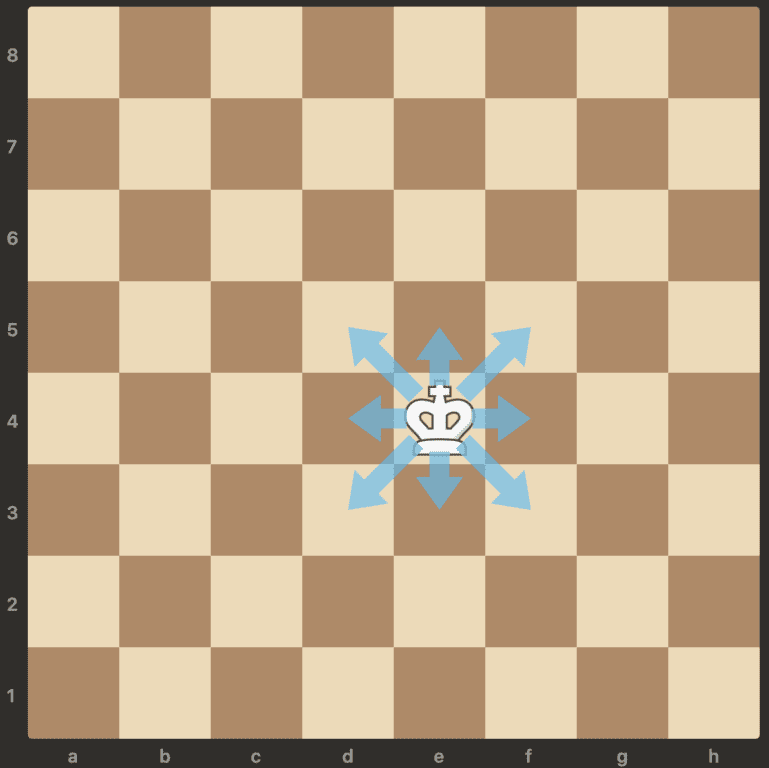
2. Queen can move diagonally
The Queen can move straight, backward, forward, sideways, and diagonally. The Queen can occupy any square along its moves, it can move one square or move two squares forward, and so on.
See image below.

3. Bishop can only move diagonally
Well, as we now know – the only piece that moves diagonally is the Bishop. The Bishop can occupy one square or two squares moving and so on and it can do so moving forward or backward.
See image below.
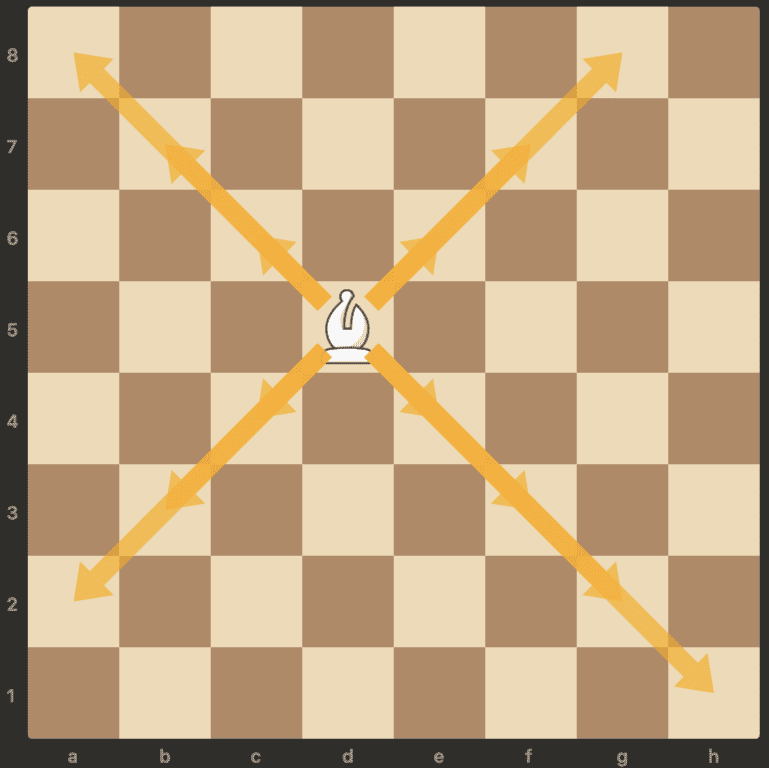
Recommended Reading: If you want to know what books teaches positional chess plays, read this article.
Which chess pieces can only capture diagonally?
Now let's quickly talk about how the pieces capture – the way chess pieces capture is by replacing the piece on the square where it occupies.
So, which chess pieces exactly can only capture diagonally?
- Pawn
- Bishop
1. Pawn can only capture diagonally
Yes, pawns can only capture diagonally – either its right or left sides. But you have to remember that the pawn cannot move diagonally whenever it wants, it can only move and capture diagonally.
See image below.
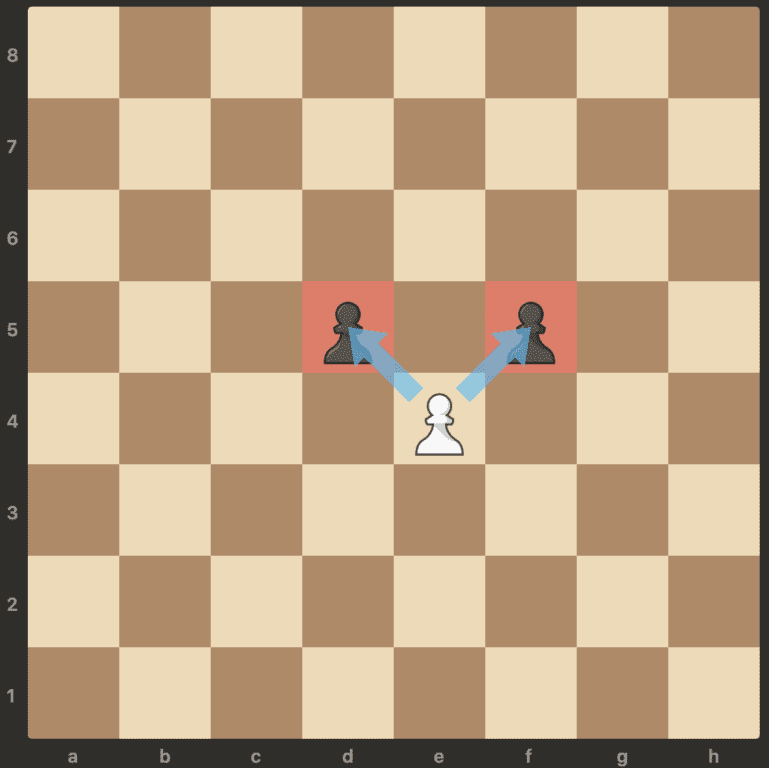
2. Bishop can only capture diagonally
Again, one of the only pieces that can capture diagonally is the Bishop. Not only that we found out that the Bishop can only move diagonally, it can also only take or capture pieces diagonally.
That is on any square that it is able to cover.
See image below.
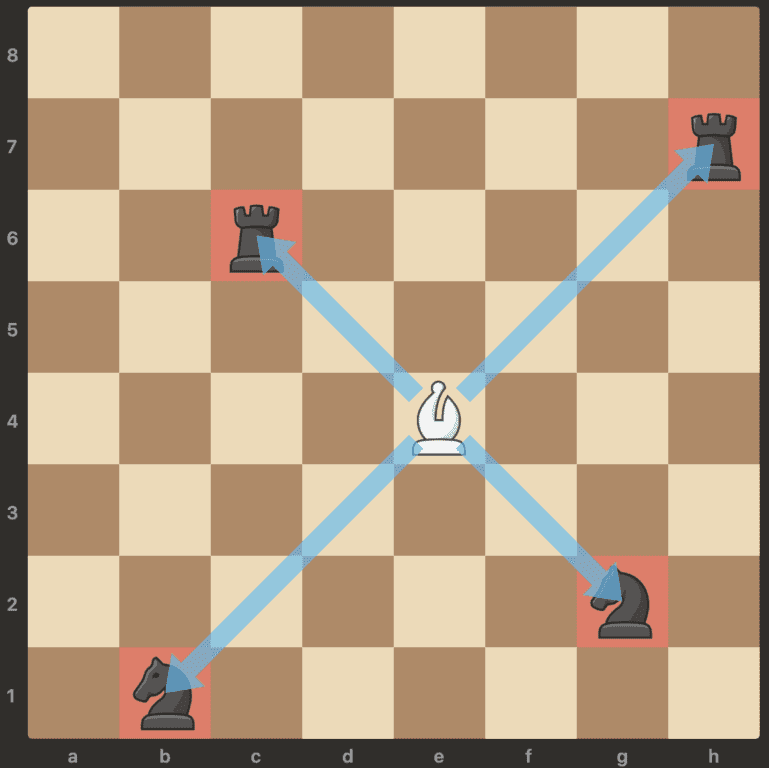
As seen in the image, the bishop has the ability to capture any pieces that move forward or backward on its squares. The Bishop can capture pieces moving backward, unlike the pawn where it can only capture moving forward.
There's an article I wrote regarding backward pawns which you'll find interesting.
Which chess pieces can both move and capture diagonally?
Well, here's another question that you may encounter or want to find an answer. You might be wondering which chess pieces can both move and capture diagonally.
The answer is the King, Queen, and Bishop can both move and capture diagonally. This one does not need any sample images because I've already shown how these pieces move in the above sections.
What you may be interested in right now is how the other pieces that I did not mention move.
How does the other chess pieces move?
There are only two pieces that I have not mentioned here – which basically they don't move diagonally. It's the Rook and the Knight.
The Knight cannot move diagonally but it moves in an L-shape, and it does so by jumping over other pieces even its own color.
The Rook does not move diagonally but it moves horizontally and vertically. You'll find it interesting that the Rook joins the action very late in the game because it's positioned at the corner of the board. I have shared an article about board setup so you can also learn how to setup the chess board the right way.
Recommended reading: If you're looking to buy the best chess sets under $50, read this guide.




